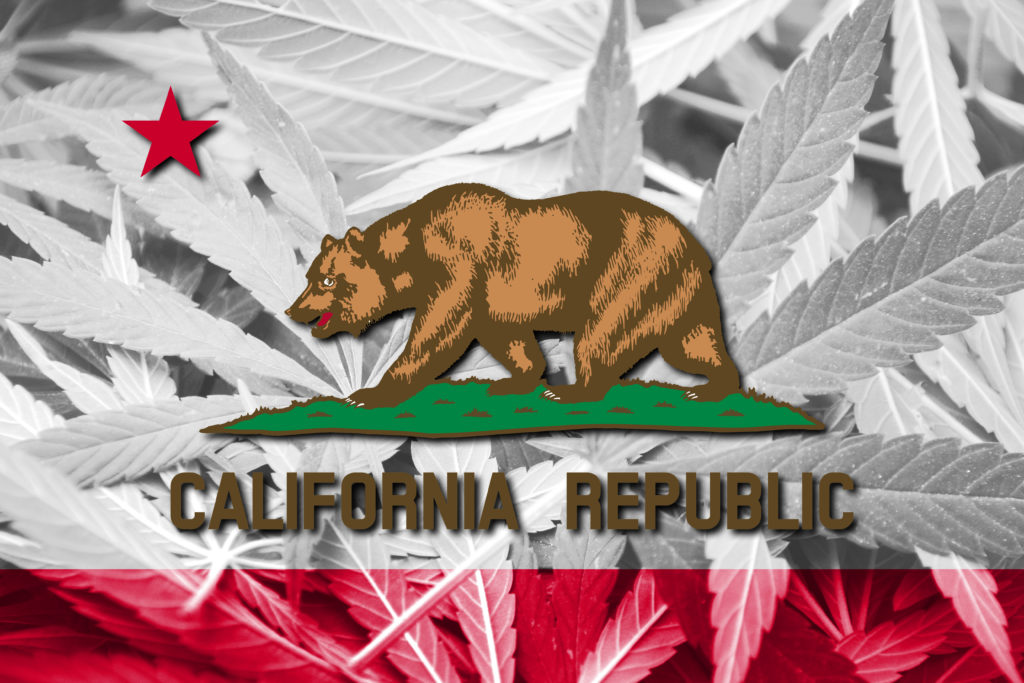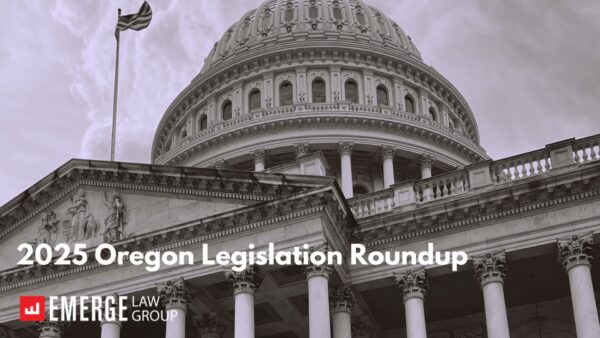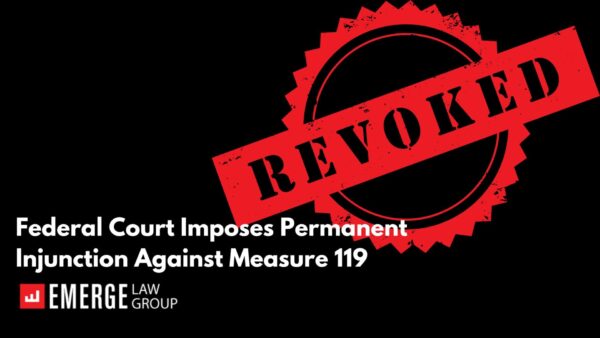Yesterday, the California legislature passed Senate Bill 94, known as the “2017-18 Budget Trailer Bill” (BTB). The BTB reconciles the Medical Cannabis Regulation and Safety Act (MCRSA), which regulates medical cannabis, with the Control, Regulate and Tax Adult Use of Marijuana Act (AUMA), which legalizes and regulates adult-use (a.k.a. “recreational”) cannabis. Although MRCSA largely supplied the framework for AUMA, the laws contain significant differences that many anticipated would cause complications in the licensing and regulatory process, both for industry and state regulators.
BTB repeals the bulk of MCRSA, though certain provisions survive in the resultant combined medical (now termed “medicinal”) and adult-use regulatory scheme – the cumbersomely named Medicinal and Adult-Use Cannabis Regulation and Safety Act (MAUCRSA). Through this reconciliation, the laws governing adult-use cannabis also received a slight makeover.
Here are some of the key changes the BTB will make once it takes effect:
No Residency. There will no longer be a residency requirement to own or operate an adult-use cannabis business. AUMA had required that adult-use license-holders and owners demonstrate continuous California residency since January 1, 2015. BTB lifted this restriction, meaning that out-of-staters will now be able to participate in both the medicinal and adult-use markets.
Vertical Integration. “Vertical integration” will be permitted, except for testing laboratories and, to a narrower extent, for large cultivators. Thus, both medicinal and adult-use licensees will be able to hold multiple license types. Licenses for large cultivation operations (larger than ½ acre indoors or 1 acre outdoors) will still be unavailable until 2023.
License Types. License types will be the same for medicinal and adult-use cannabis. The BTB eliminates the “producing dispensary” (MCRSA Type 10A) and transporter (MCRSA Type 12) license categories but retains all others, including specialty cottage cultivation and microbusinesses (small retailers with farms not exceeding 10,000 sq. ft.).
Separation of Medicinal and Adult-Use. Medicinal and adult-use cannabis activity must be separate. With some exceptions, including for testing labs, medicinal and adult-use cannabis businesses may not operate on the same premises.
Advertising Rules. The advertising, marketing, adulteration, and misbranding restrictions and prohibitions from MCRSA and AUMA will apply to both medicinal and adult-use activity.
Industrial Hemp. Industrial hemp will be regulated solely by the Department of Food and Agriculture, per the California Industrial Hemp Farming Act. This regulatory authority was formerly shared with the Bureau of Cannabis Control under the AUMA.
The BTB currently awaits the governor’s signature to take effect. Although the state is still taking public comment on the draft regulations implementing MCRSA, these regulations will likely be substantially rewritten to incorporate the BTB’s changes. Stay tuned to our blog for more information on changes to California marijuana laws.





